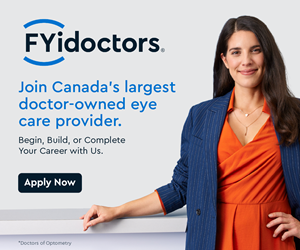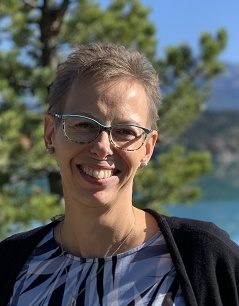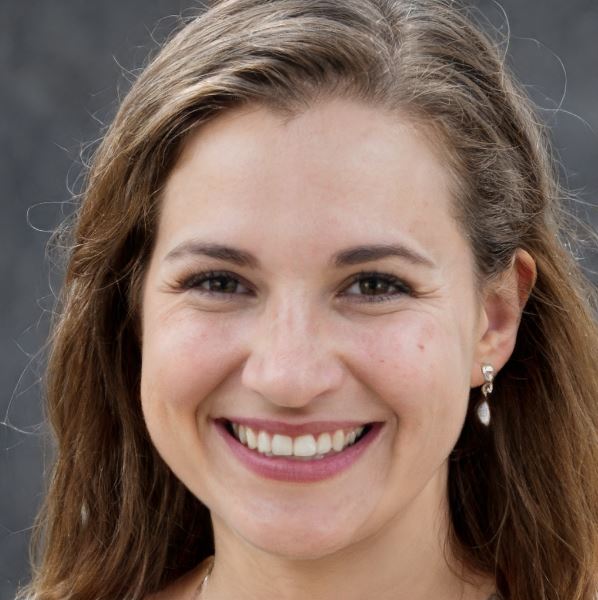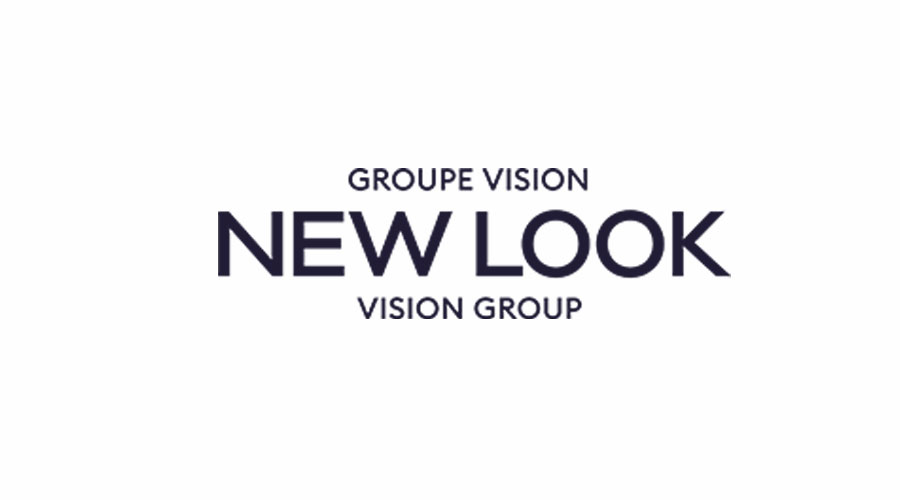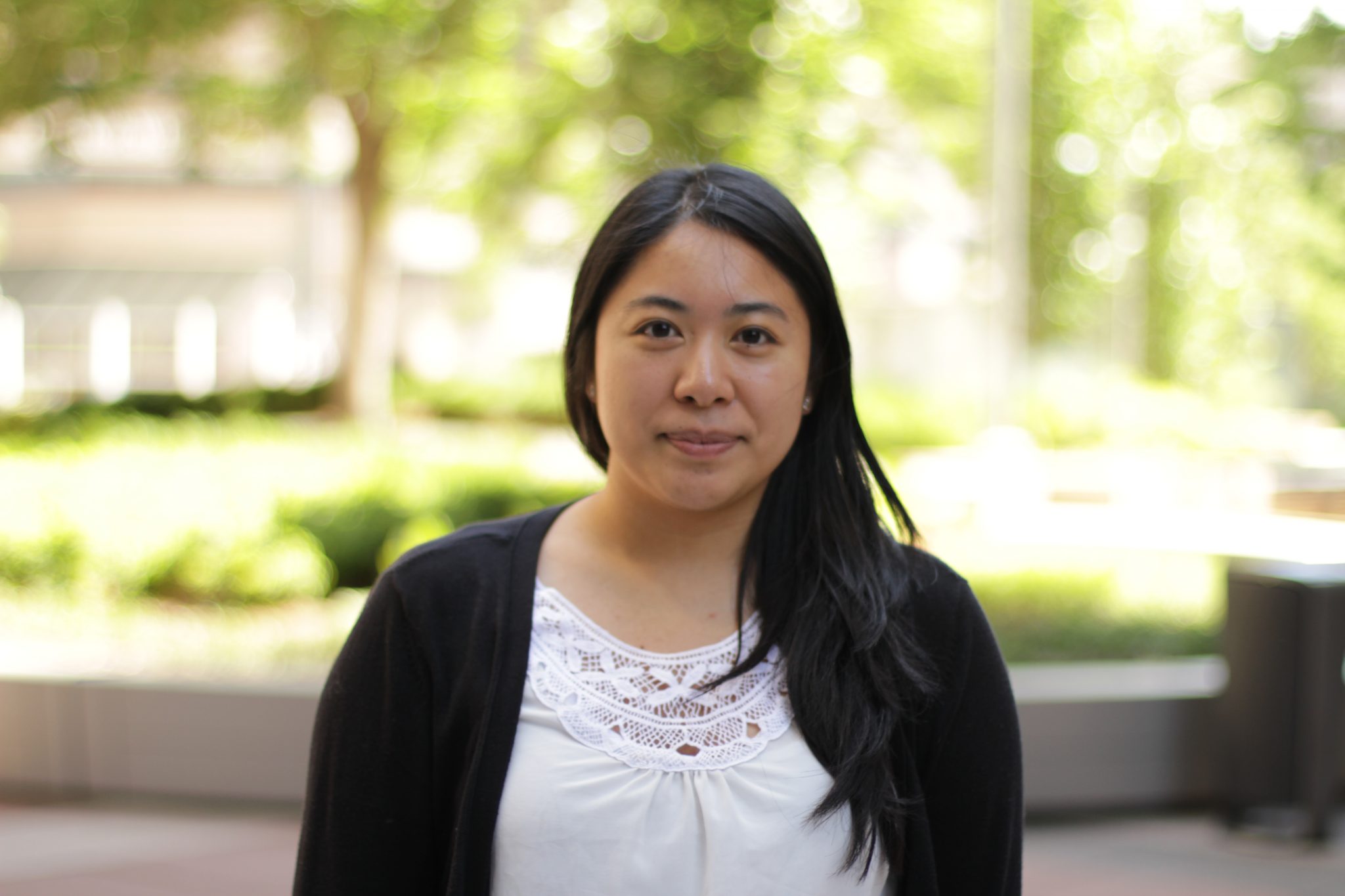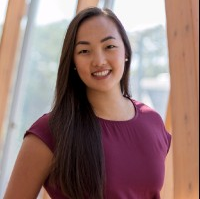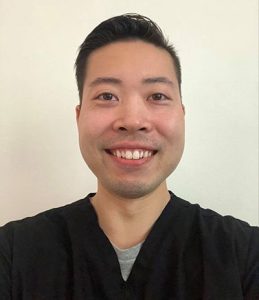
Every buyer that I have ever met, has the same goal, to buy the perfect practice. Is this reasonable? Emotionally yes, practically no. A buyer can visit 20 different practices and find something wrong with everyone. This does not mean that the practices are not good options. It just means that the buyer will never find the perfect one. News flash: THERE IS NO SUCH THING AS A PERFECT PRACTICE. The best anyone can do is to find one that they like with a good location and potential for improvement. This practice has bones. The buyer can make it perfect for themselves.
The best place to start in your quest for the perfect practice is to be realistic about your strengths and weaknesses. In other words, what are the ways you can bring value to a practice? Before you start looking at the possibilities available, its essential that you think through key personal and market factors.
Many buyers, when looking at purchasing an existing practice should have an appraisal in hand. The appraisal should present the facts that are critical in evaluating whether this is the right opportunity for you. However, many get fixated on multiples of EBITDA. If you are not planning on working in the office and are purchasing for investment purposes, a multiple of EBITDA is more relevant. Because this is an investment, the new owner needs to pay an associate to perform the services. However, it is truly not uncommon for a purchaser to buy a clinic at 10- or 12-times EBITDA because they will be the new owner and operator. Personal payment can be more flexible for the owner versus paying an associate an industry standard. Many may ask as to why they should pay such a high multiple. The answer is quite simple, as an associate, one could make more money. However, the associate never builds equity. For example, if the practice being considered has $100K left after all expenses and the loan payment is made, if the new owner can live on $100K, then why not pay the higher multiple? Afterall, ten years from now, hopefully revenue has increased due to improvements made but more importantly, the new owner has equity in a practice that has been completely financed.
So many times as an appraiser, we do hear from a buyer that the practice is over valued. If a multiple of EBITDA is the way one determines value, this may be a fair statement to someone who will never work in the practice. However, practice values have never declined in the last 15 years. In fact, quite the opposite. Organically a practice will increase at a minimum 5-8%. Depending on location and other critical factors, the increase can be greater. What is most important for a buyer to ask themselves is the following:
• Can I qualify for financing?
• Do I like the actual location? (highly visible, new housing developments)
• What are the patients like? (age, cultural background, socio-economic background)
• Are the staff well trained?
• Can I increase services?
• Has revenue been consistent year over year?
There truly are so many factors to consider. However, if a buyer looks for the perfect practice,
one will likely not be found. Buy a good practice that has a solid foundation that you can build
into your perfect practice. And remember, the ultimate value of a practice is the final price
that is decided between the buyer and the seller.

JACKIE JOACHIM
Jackie has 30 years of experience in the industry as a former banker and now the Chief Operating Officer of ROI Corporation. Please contact her at Jackie.joachim@roicorp.com or 1-844-764-2020.



